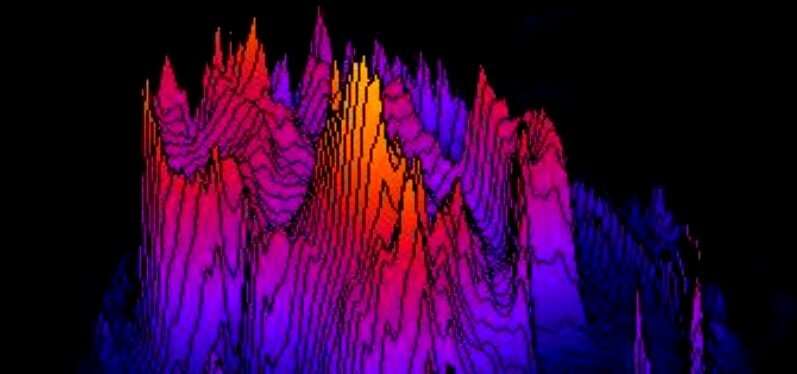Technique uses fluctuations in video pixels to measure energy use of developing embryos

Scientists have made a major breakthrough in the study of embryonic development and how it can be impacted by external factors such as climate change.
Researchers at the University of Plymouth have developed a cutting edge technique which enables them to instantly examine the biological traits and behaviours of developing embryos as an energy signature, rather than focusing on individual characteristics.
The method, outlined in a study published in BMC Bioinformatics, is built around timelapse video captured by the researchers of aquatic animals—specifically, the embryos of a freshwater pond snail Radix balthica—during their earliest and most dynamic life stages.
With each video being composed of a series of individual pixels, whose brightness fluctuates from one frame to the next, the team developed a means of using these fluctuations to track detailed changes in energy usage.
The resulting energy proxy traits mean that rather than choosing individual aspects to measure, scientists can capture all of the traits visible in a video as a spectrum of energy values capturing a greater breadth of biological response.
Energy proxy traits respond markedly differently to traditional measurements of the phenotype (an organism's observable characteristics) such as heart rate or movement, and importantly they are highly specific to different temperatures throughout development.
The team also used the technique to demonstrate that the overall amount of energy expressed during the development of an embryo could be used to predict its growth rate, suggesting it may reflect the actual usage of energy by the embryo itself.
Dr. Oli Tills, Research Fellow in the School of Biological and Marine Sciences and the new study's lead author, said: "Choosing what to measure can often be a tough choice for biologists, but it can drive the outcome of experiments. This choice can be likened to throwing darts while blindfolded, with the hope that you hit the bullseye by choosing biological traits of relevance that respond in informative ways during experiments.
"Biodiversity makes this task a significant challenge when studying the phenotype by presenting a huge range of form and function to choose from. This study has important implications for how we approach such studies in future. It presents a method that is transferrable to different species, experimental approaches and which moves away from the limitations of our previous pot luck approach."
The new research builds on existing work by the same Plymouth team applying bioimaging, robotics and computer vision to produce automated measurements of the size, shape, movement and function—including heart rate—of aquatic organisms.
More information: Oliver Tills et al, Spectral phenotyping of embryonic development reveals integrative thermodynamic responses, BMC Bioinformatics (2021). DOI: 10.1186/s12859-021-04152-1
Provided by University of Plymouth





















